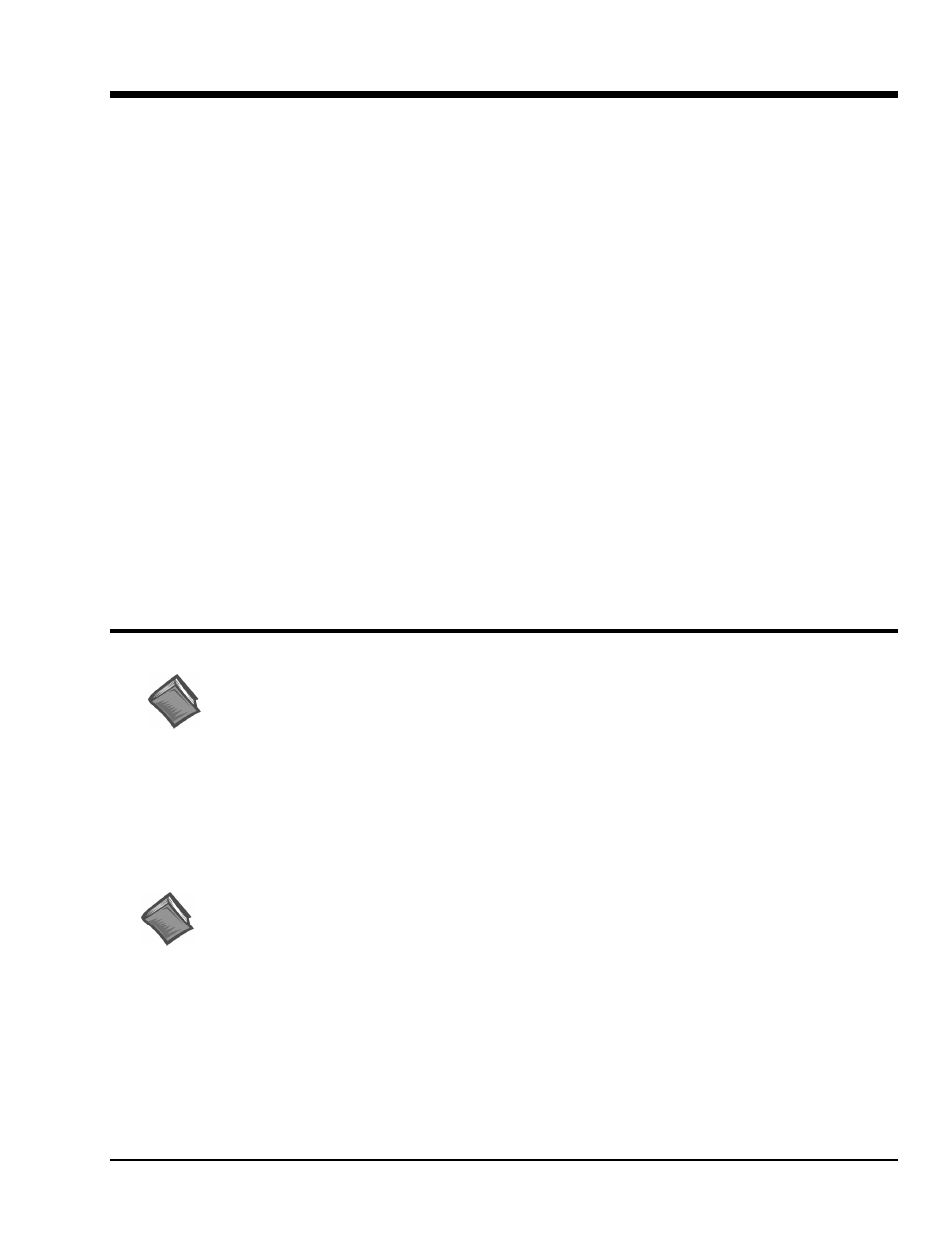Chapter 8 theory of operation, Introduction, Theory of operation 8 – Measurement Computing WaveBook rev.3.0 User Manual
Page 135

WaveBook User’s Manual.
6-24-99
Theory of Operation 8-1
Theory of Operation
8
Introduction…… 8-1
Acquisition Steps…… 8-2
Initialize WaveBook…… 8-2
One-Step Acquisitions…… 8-2
Configure an Acquisition…… 8-2
Channel Numbering…… 8-2
Specifying the Scan…… 8-2
Specifying the Trigger Source…… 8-3
Specifying the Number of Scans…… 8-3
Specifying the Scan Rate…… 8-3
Start the Acquisition…… 8-4
Stop the Acquisition…… 8-4
Shut Down WaveBook…… 8-4
Signal Processing….. 8-5
WaveBook/512… 8-5
Analog Signal Processing…… 8-5
Digital I/O Signal Processing…… 8-5
WaveBook/516…8-7
Analog Signal Processing…… 8-7
Digital I/O Signal Processing…… 8-7
Acquisition Operation…… 8-8
Acquisition Modes…… 8-8
N-Shot Acquisition Mode…… 8-8
Infinite Post-Trigger Acquisition Mode…… 8-8
N-Shot with Re-Arm Acquisition Mode…… 8-8
Pre/Post-Trigger Acquisition Mode…… 8-9
Scan Composition…… 8-9
Scan Period…… 8-9
External Clock Input (WaveBook/516 Only)……8-10
Trigger Operation…… 8-10
Digital Trigger & Single-Channel Trigger…… 8-11
Hysteresis......8-11
Multi-Channel Trigger…… 8-12
Multi-Channel Trigger Types…… 8-12
Above-Level Trigger…… 8-13
Below-Level Trigger…… 8-13
Above-Level-With-Latch Trigger…… 8-13
Below-Level-With-Latch Trigger…… 8-13
Rising-Edge Trigger…… 8-14
Falling-Edge Trigger…… 8-14
Rising-Edge-With-Latch Trigger…… 8-14
Falling-Edge-With-Latch Trigger…… 8-14
Trigger Latency & Jitter…… 8-15
Data Processing…… 8-16
Data Packing (WaveBook/512 Only)…… 8-16
Data Transfer…… 8-17
Time-Outs…… 8-17
Buffer Size and Type…… 8-17
Overlapped Execution…… 8-19
Foreground-Linear Transfers…… 8-19
Foreground-Circular Transfers…… 8-20
Background-Linear Transfers…… 8-20
Background-Circular Transfers…… 8-21
Direct-to-Disk Transfers…… 8-21
Introduction
Reference Note:
While reading this chapter, you may want to refer to system diagrams and their explanations:
• WaveBook base models are discussed in chapter 1.
• WBK expansion cards and modules are covered in chapter 3.
• DBK power modules are discussed in chapter 4.
This chapter explains basic concepts of data acquisition using a WaveBook system. Some concepts are
explained using daqX API commands; these explanations can benefit both programmers and non-
programmers. The API commands are transparent to users of WaveView, but they help explain some of
WaveView's inner workings.
If you want to write your own applications, you can refer to sample programs that have been
supplied with the software. Several command types are provided. Additional help in writing
your own programs can be obtained from Appendices C and D.
